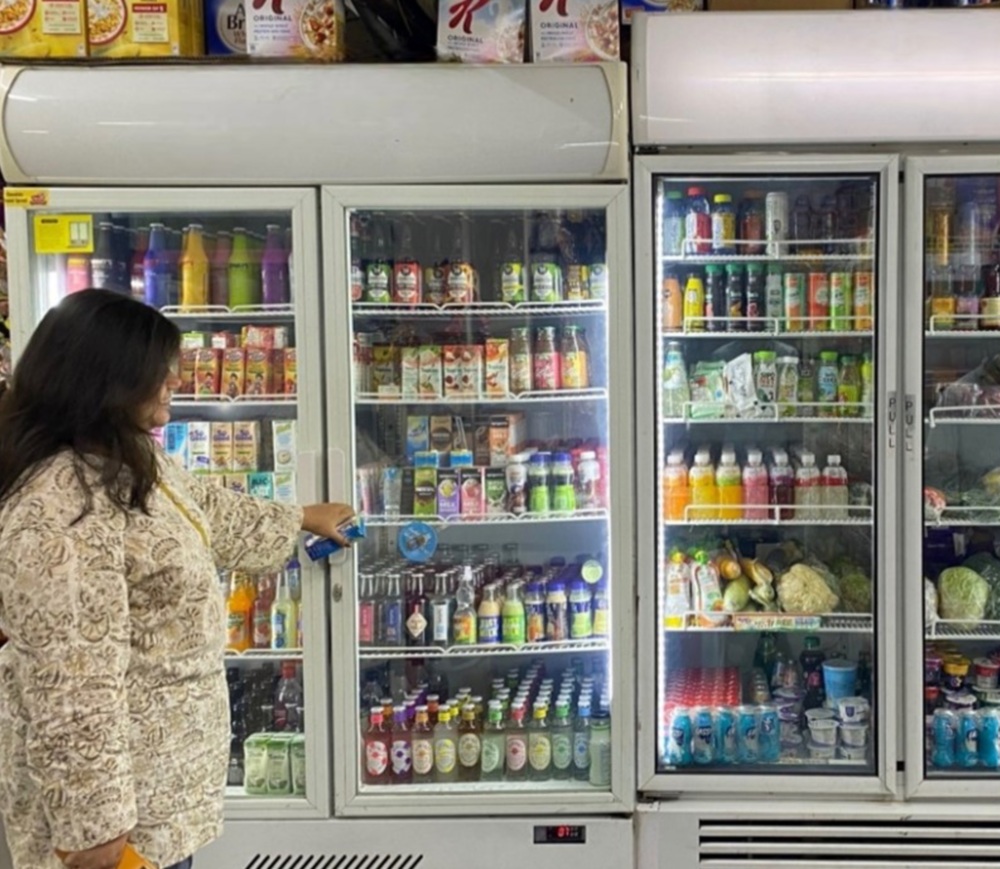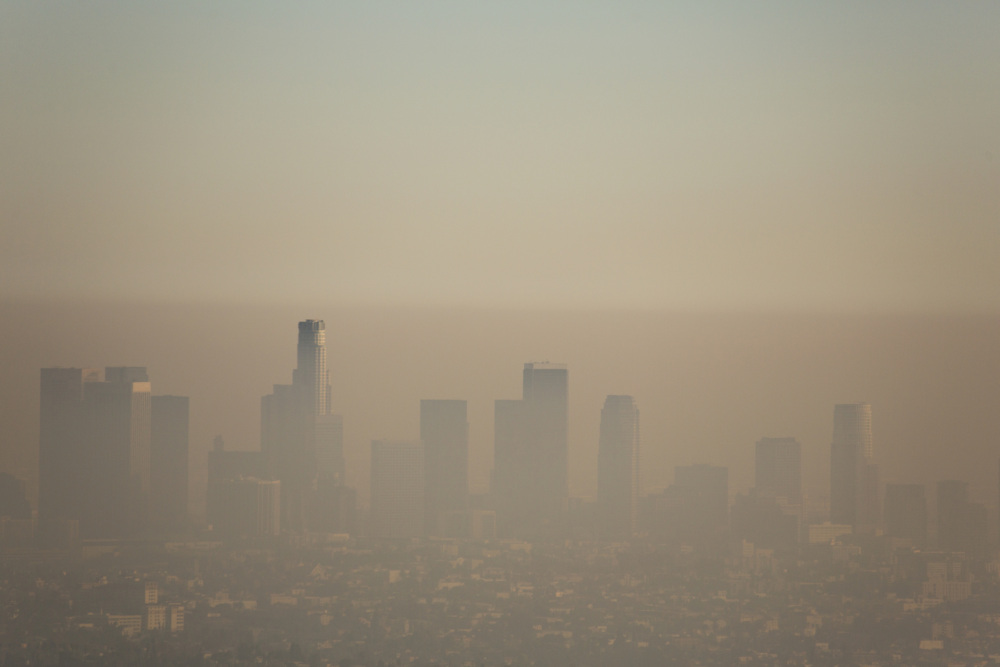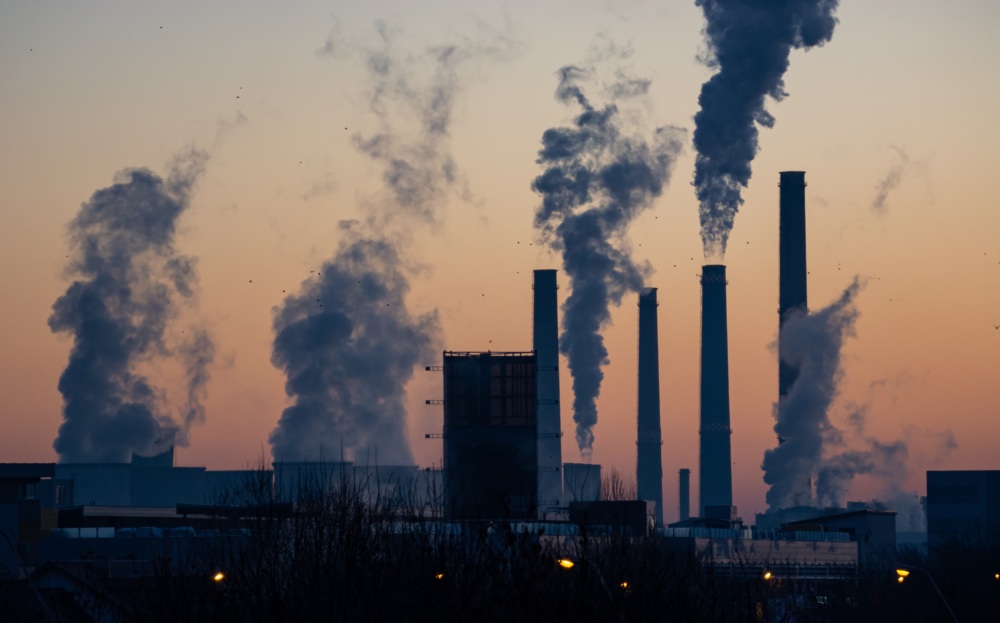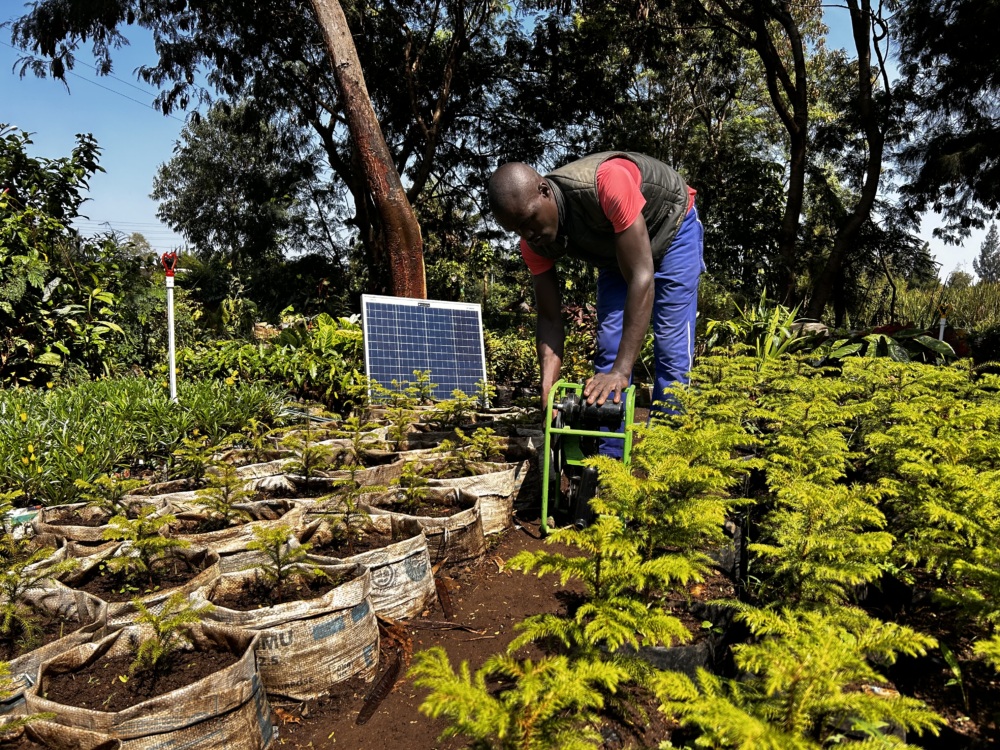Market Assessment Report for Packaged Boilers in India
Summary
This report delves into CLASP's market assessment and technical support to India’s Bureau of Energy Efficiency in developing energy efficiency policies for commercial beverage coolers (or visi-coolers) in India.
Boilers are essential for providing steam and hot water in most process industries where production is continuous. A packaged boiler is a factory-made, ready-to-use boiler. They are used in textile industries, thermal power plants, metals and mining industries, chemical industries, among others.
In India, the Ministry of Power (MoP) aims to improve the efficiency of packaged boilers to reduce fossil fuel consumption. The Bureau of Energy Efficiency (BEE), under the MoP, developed appliance efficiency policies for packaged boilers with technical assistance from CLASP.
CLASP supported BEE by conducting a market and technical assessment study. BEE and CLASP reached out to major industry players to estimate the market size, assess energy performance, and understand boiler testing processes.
A structured questionnaire, in-depth interviews, and secondary research provided the following insights:
- The boiler industry in India is dominated by domestic players.
- Thermal efficiency data for 168 models of coal-, oil-, gas-, and biomass-fired boilers was collected and analyzed.
- The market size for packaged steam boilers up to a capacity of 30 Tons per hour (TPH) stood at about 2,400 units in 2019, as reported by manufacturers.
- The market for packaged steam boilers is expected to grow at 3.8% over the next 11 years and reach ~3,600 units by 2030.
- Major players in the packaged boiler market in India include Thermax, Industrial Boilers, Forbes Marshall, Transparent Systems, and Elite Thermal.
- The largest clusters of boiler manufacturing are in Maharashtra, Gujarat, and Karnataka, representing about 90% of the total units manufactured in 2019.
Cumulative energy savings of ~3.1 million Ton of Oil Equivalent (TOE) and reduction of CO2 emissions by ~7.23 megatons (Mt) CO2e is expected from this program between 2024 and 2033.









